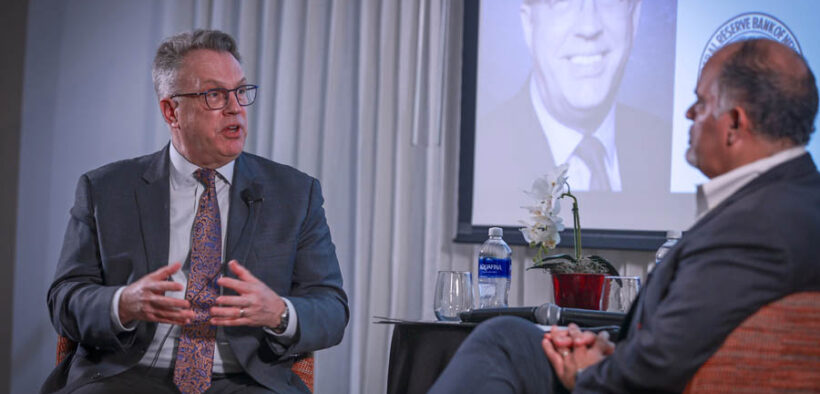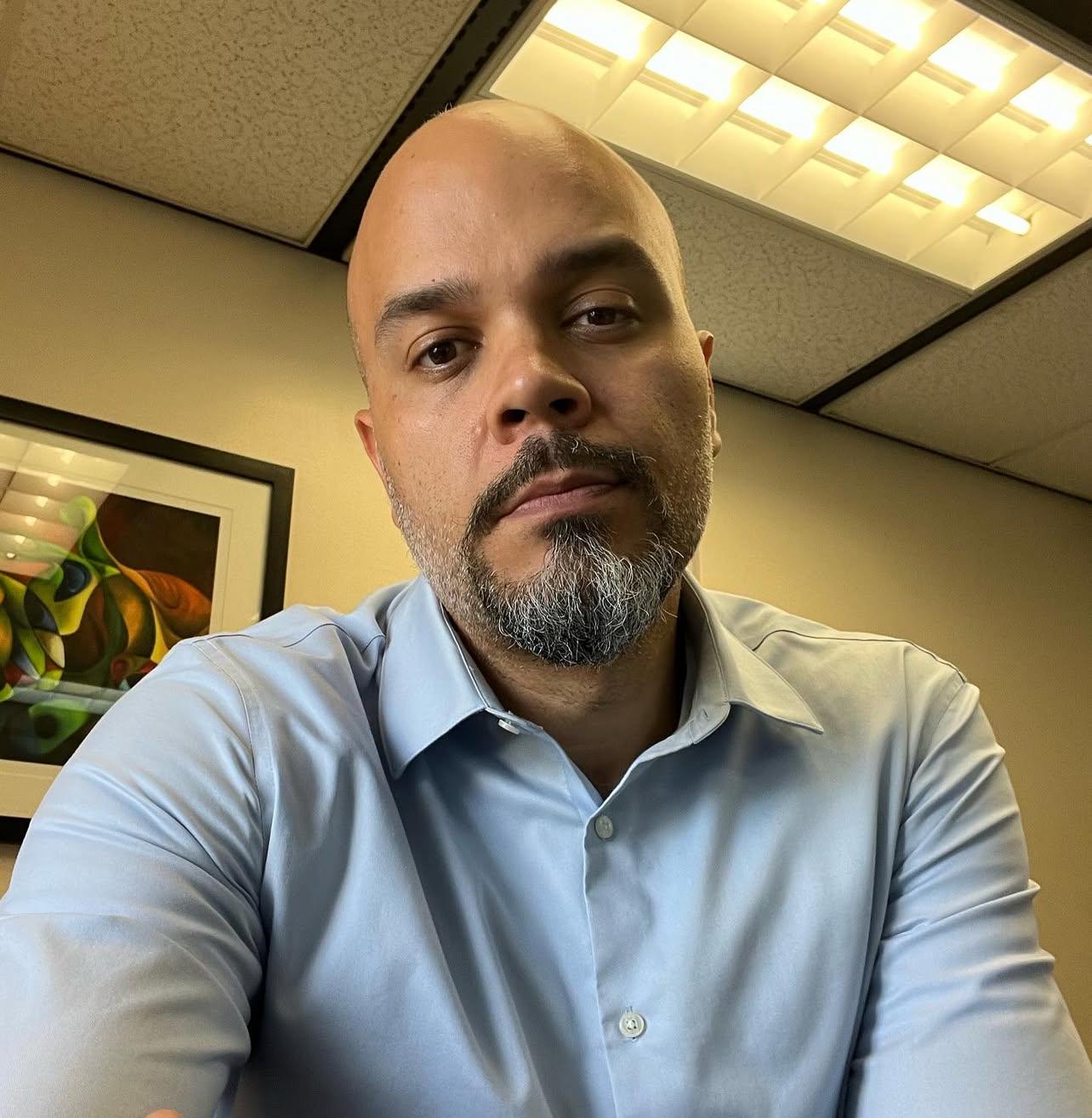NY Fed chief warns of uncertainty, slower growth in Puerto Rico visit

John C. Williams spoke to the Puerto Rico Chamber of Commerce about the economy, trade tensions and inflation.
Federal Reserve Bank of New York President and CEO John C. Williams emphasized the uncertainty reigning in the current economic landscape during remarks he delivered before the Puerto Rico Chamber of Commerce in San Juan on Friday.
“Measures of policy uncertainty have increased sharply in recent months,” Williams said. “Between October of last year and this March, the Economic Policy Uncertainty Index has nearly tripled, reaching the highest level recorded over the past 40 years, outside of 2020. Unsurprisingly, the Trade Policy Uncertainty Index has skyrocketed to levels never before seen in data going back 65 years.”
Wiliams’ address was part of a two-day visit to Puerto Rico that began on Thursday with several stops in the southern municipality of Ponce — including the RHC School of Architecture at Pontificia Catholic University, the Port of Ponce Authority facilities and the Ponce Museum of Art — before heading to the capital on Friday for several more meetings.
According to a NY Fed press release, the meetings “serve to inform President Williams on regional issues and are part of the New York Fed’s ongoing efforts to assess economic conditions across the Federal Reserve’s Second District, which includes Puerto Rico, along with New York State, northern New Jersey, southwestern Connecticut, and the U.S. Virgin Islands.”
Slower growth but no ‘stagflation’
Williams, who has led the New York Fed since 2018 and also serves as vice chairman of the Federal Open Market Committee (FOMC), added in a personal capacity during his talk that “given the combination of the slowdown in labor force growth due to reduced immigration and the combined effects of uncertainty and tariffs, I now expect real [gross domestic product (GDP)] growth will slow considerably from last year’s pace, likely to somewhat below 1 percent.”
“With this downshift in the pace of growth, I expect the unemployment rate to rise from its current level of 4.2 percent to between 4.5 and 5 percent over the next year. I expect increased tariffs to boost inflation this year to somewhere between 3.5 and four percent,” the economist added.
Inflation stood at 2.5 percent in February, reflecting a broad-based deceleration over the past few years, Williams went on to explain. “This is tremendous progress given that in mid-2022, inflation reached a 40-year high of over 7 percent. But we are still not at our 2 percent goal, and I remain committed to bringing inflation back to that goal on a sustained basis.”
At its most recent meeting, the FOMC decided to leave the target range for the federal funds rate unchanged at 4.25 to 4.5 percent.
“The current modestly restrictive stance of monetary policy is entirely appropriate given the solid labor market and inflation still above our 2 percent goal,” Williams said. “Importantly, it gives us the opportunity to assess incoming data and developments and ultimately positions us well to adjust to changing circumstances.”
During a question-and-answer session, event moderator Miguel Soto-Class, president and founder of the San Juan-based think tank Center for a New Economy, raised the specter of stagflation, a possibility that Williams immediately downplayed by contrasting current conditions with the 1970s, when the U.S. experienced double-digit unemployment and inflation. “This is not stagflation,” Williams stressed.
Puerto Rico is not immune
“The story here in Puerto Rico is consistent with what we’re seeing elsewhere,” Williams said. “The island’s economy has been doing quite well. Employment numbers are impressive, with private sector employment at an all-time high. There’s been strong growth across industries. And, after decades of decline, the island’s population appears to have stabilized. Despite this strength, Puerto Rico is not immune to the effects of uncertainty, as I’ve heard from business leaders here.”
The New York Fed president kept references to the Trump administration’s current tariff situation to a minimum and deftly dodged politically sensitive questions during the event.
After the Chamber of Commerce event, Williams was scheduled to visit the Distrito T-Mobile entertainment and retail complex to learn more about its operations and local business conditions in San Juan. He also planned to visit the Puerto Rico Science, Technology & Research Trust to take part in a community development roundtable focused on the entrepreneurship ecosystem. Lastly, Williams was to meet with leaders in the tourism and hospitality industries to learn about their opportunities and challenges.











